A smart home sounds like something out of a science fiction novel. With a tap on your smartphone, you can control everything in your house, from lights to sprinklers, media devices, and even electrical sockets.
Some smart devices are cheap and easy to install, like a smart thermostat, while others may require a complete rewiring of your electrical system, costing a pretty penny.
For those new to the home automation market, it can be a nightmare to parse through the cost of every hub, appliance, device, and service that comes along with smart home systems.
This article aims to make your next smart home purchase a breeze by explaining the comprehensive costs associated with home automation products and services. Below we break down all the aspects of owning a smart home, from DIY installation to full brand-provided packages, and examine the costs of each.
When looking at the overall cost of a smart home system, there is no single average figure, as smart homes vary wildly in purpose, scope, and makeup. We find it helpful to break smart homes into two rough categories.
Brand Package and Installation Cost
Not everyone wants to bother with the complex process of installing the devices for their smart home system. Thankfully, many brands offer packages and installation services that allow homeowners to experience the convenience of home automation without any of the difficult setups.
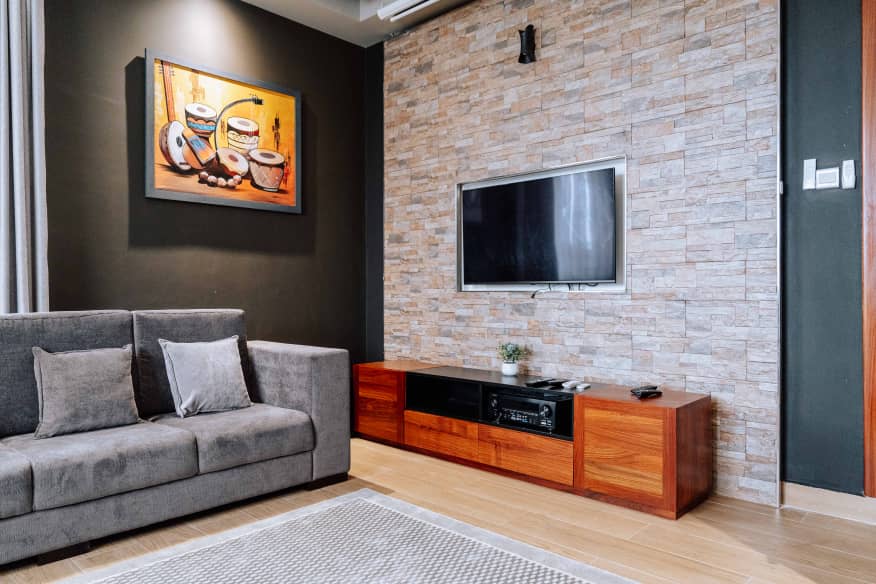
Most companies offer specific packages that allow homeowners to automate areas of their homes. Some brands are specialized, primarily on home security. On the other hand, some companies offer a wide range of packages, like Google, with options for entertainment, security, energy efficiency, and much more.
Other companies offer customizable installations, allowing you to pick and choose which parts of the home to automate. Specific service packages can range from a few hundred dollars up to around $7,000, depending on what type of package you choose.
Most custom installations start at around $10,000 and easily go as high as $100,000, depending on the size of your home and desired level of automation.
Your bill will be divided into three primary costs for any professional installation: devices, labor, and wiring. Devices will always make up the majority of a bill, but labor and wiring can have a hefty price tag, especially if it’s a large home.
On average, you can expect to pay between $80 to $100 an hour for labor, with some larger appliances or more complex systems costing more.
Wiring can cost quite a bit, especially if you have a fully wired protocol and a large system. Rewiring an entire home typically costs between $2,000 to $4,000, but for larger homes, prices can reach upwards of $10,000.
Factors That Impact Smart Home Costs
Before getting into the details of home automation costs, you should first understand some of the most important factors that can affect the baseline costs of any installation: wiring and protocol, and home size.
Wiring and Protocol
The first thing you need to consider before buying smart home products is the type of protocol and wiring you want to use. A protocol, or Home Automation Operating Standard, is how the devices on your home IoT (Internet of Things) will communicate.
Smart home devices must be compatible with your system’s protocol and vice versa, or they’ll not be able to interact.
Only certain protocols will work with specific kinds of home networks, with protocols existing for wireless, wired, and hybrid systems.
- Wired protocols: Wired protocols include X10 and Universal Powerline Bus (UPB). These protocols are the most expensive but also the most secure. Wired protocols are considered a luxury service and require a rewiring of your home’s electrical system.
- Wireless protocols: These are the most common and widely used networks for smart home technology. While less secure than wired systems, wireless systems are more cost-efficient and have the most available compatible devices. Some common wireless protocols include Zigbee, Z-Wave, Wi-Fi, and Bluetooth Low Energy. One downside to wireless protocols is that you may need extenders or upgrades to your internet connection if you have a larger home.
- Hybrid protocols: Hybrid protocols are the most complex to set up but offer the security of wired networks with the ability to connect wireless devices at will.
Home Size
Home size can greatly impact the cost of your home automation systems, especially if you choose a wired protocol. The larger your home, the more rooms, outlets, lights, devices, and appliances you’ll need to connect. For this article, we use the dimensions of an average single-family home.
Smart Home Cost by System
When trying to grasp the cost of a smart home system, be it a DIY setup or a professional installation, it’s best to divide smart homes into specific categories.
What follows are some of the most common types of smart home systems and their corresponding costs.
Home security is one of the most popular home automation systems available. These setups offer homeowners unparalleled peace of mind by allowing them to monitor their home’s goings-on while out and about. Some home security companies offer subscription packages that include 24/7 monitoring that will alert you and contact emergency services in the case of an incident. Automated security systems can include features like the following:
- Smart locks
- Security cameras
- Window break sensors
- Remote monitoring services
- Motion sensors
- Smoke, fire, and water alarms
Smaller home security systems run from $500 to $2,500, with higher-end systems costing upwards of $5,000.
Fully automated home lighting can cost anywhere from $1,000 to $5,000, depending on the number of rooms being lit and the nature of your system. Individual smart light bulbs can cost anywhere from $15 to over $70, and smart switches can range anywhere from $15 to over $300.
A smart heating and cooling system is one of the best home automation investments you can make. These setups provide improved comfort while also allowing you to save on your electricity bills by disabling your AC while you’re out of the house. A smart thermostat can save between 8% and 12% on average. You can expect to pay between $70 and $150 for a smart thermostat, and a fully automated HVAC system can run you between $1,000 to $3,000.
If you’ve bought a TV recently, there’s a good chance it’s a smart TV. Smart TVs allow you to connect to the internet and access streaming content along with other convenient apps. You can also connect these TVs to the rest of your smart network, allowing you to control them from your phone, tablet, or remote control. Smart entertainment systems include speakers, lighting, fireplaces, game systems, and other gadgets. A modern smart TV costs anywhere from $350 to over $1,500, but a fully decked out living room with a home theater system costs between $2,000 to $4,000.
While it may sound like something from a sci-fi movie, smart lawns and gardens not only exist, they’re surprisingly popular. These systems can include automated sprinklers, smart pots, plant sensors, smart mowers, automatic sunshades, and smart outdoor lighting. A fully automated lawn and garden will have a price range of $500 to $2,000, or even more, if you choose to use a smart mower.
The kitchen is one of the most useful rooms in the home to automate. Smart fridges can have precision temperature control so no items freeze and go to waste – some models, when paired with a smart assistant, can even order groceries. Smart ovens and microwaves can connect their timers to your phone, allowing you greater freedom and flexibility when moving around while cooking.
Unfortunately, due to the many appliances, features, and gadgets that can be added to a smart kitchen, they’re one of the most expensive rooms to automate. On average, you can expect to pay a minimum of $1,500 for a smart fridge, and a completely automated kitchen can easily reach over $25,000.
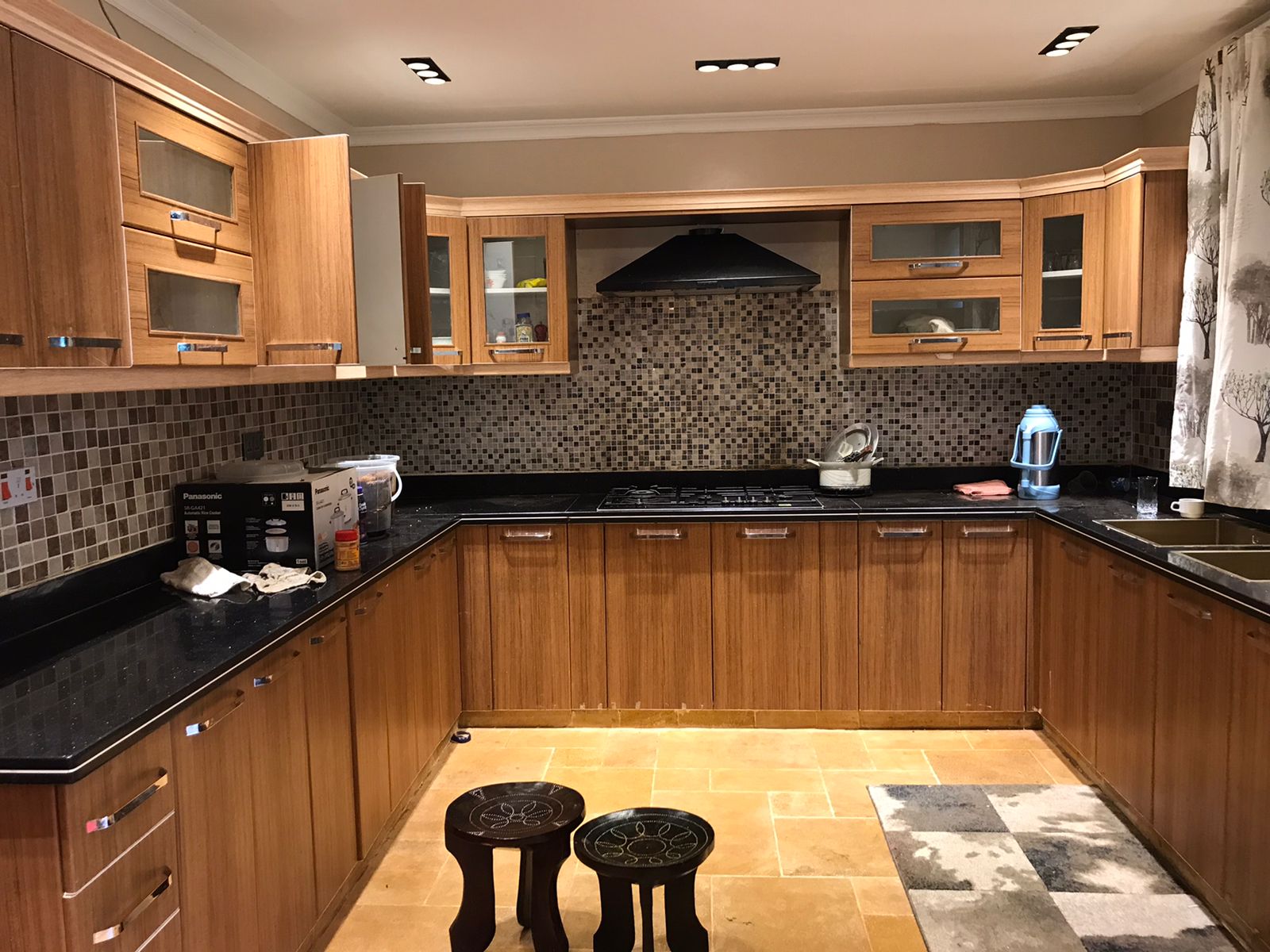

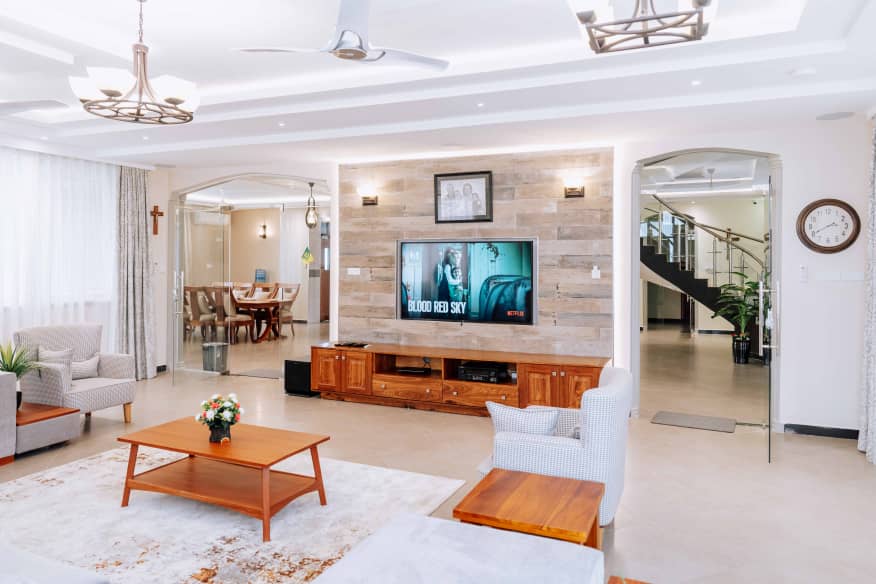
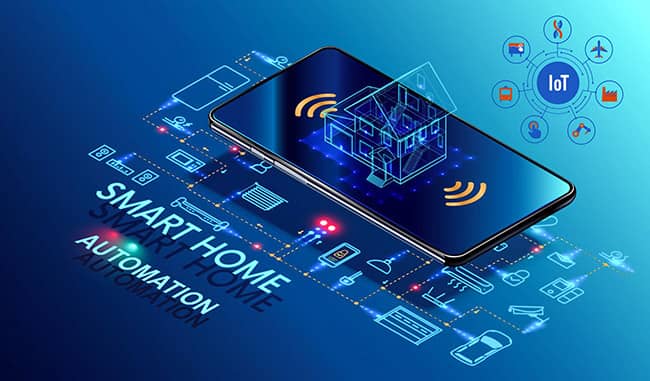
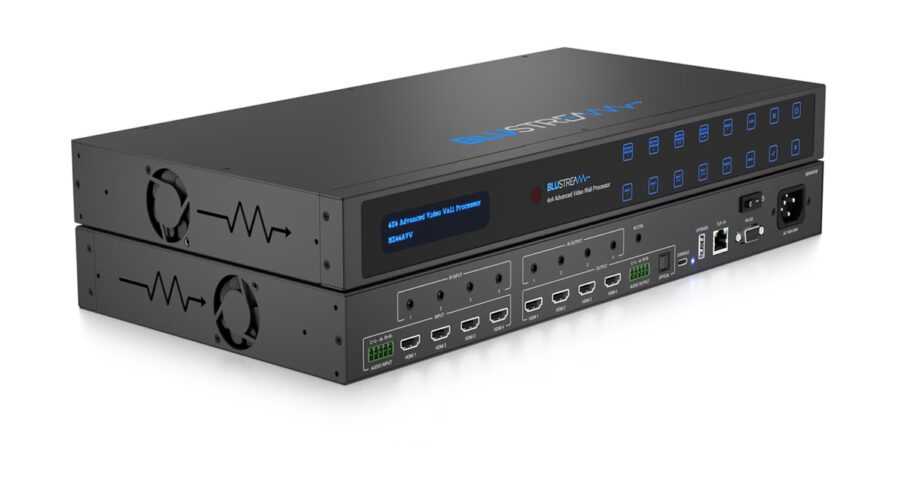
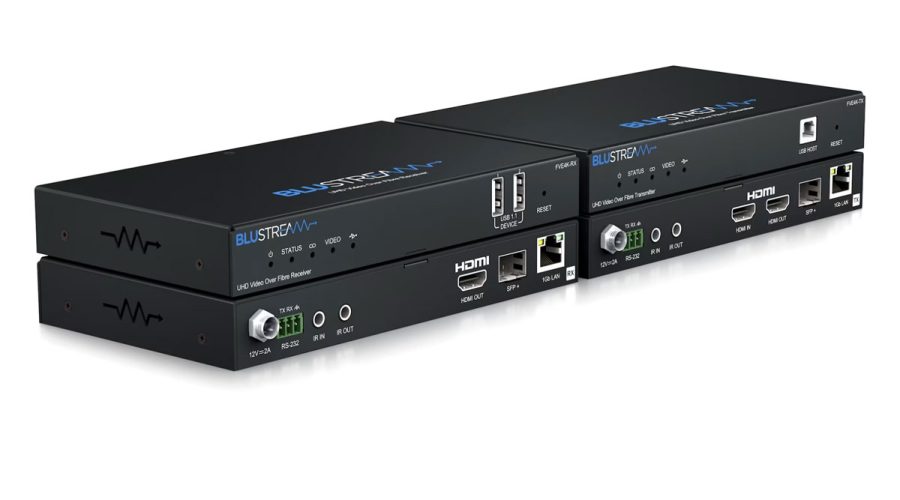
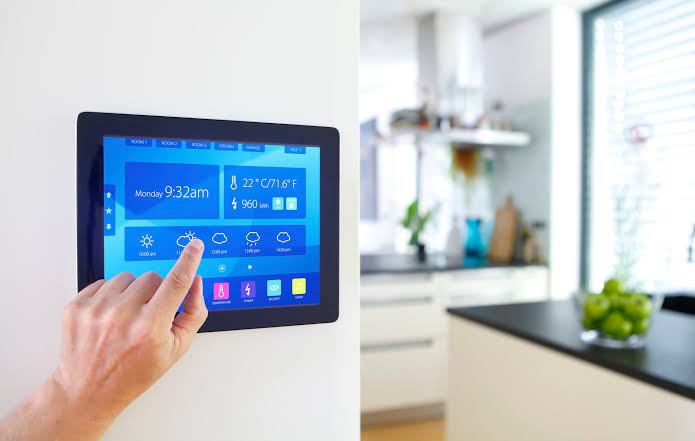


This website allows buggy rentals on the island of Crete.
Visitors can safely arrange a vehicle for exploration.
In case you’re looking to discover hidden beaches, a buggy is the ideal way to do it.
https://buggycrete.livejournal.com/
Each buggy are ready to go and available for daily schedules.
Booking through this site is fast and comes with clear terms.
Get ready to ride and experience Crete like never before.
This section offers multifunctional timepieces crafted by reputable makers.
You can find premium CD devices with digital radio and dual wake options.
Each clock include aux-in ports, device charging, and power outage protection.
Our range spans value picks to premium refurbished units.
cd alarm clock radio
Each one boast nap modes, auto-off timers, and LED screens.
Shop the collection using online retailers with fast shipping.
Select your ideal music and alarm combination for bedroom daily routines.
On this platform, you can discover a great variety of online slots from top providers.
Players can experience traditional machines as well as feature-packed games with high-quality visuals and interactive gameplay.
Whether you’re a beginner or a seasoned gamer, there’s something for everyone.
casino slots
All slot machines are instantly accessible round the clock and optimized for desktop computers and mobile devices alike.
All games run in your browser, so you can get started without hassle.
Platform layout is intuitive, making it convenient to explore new games.
Register now, and dive into the thrill of casino games!
hi